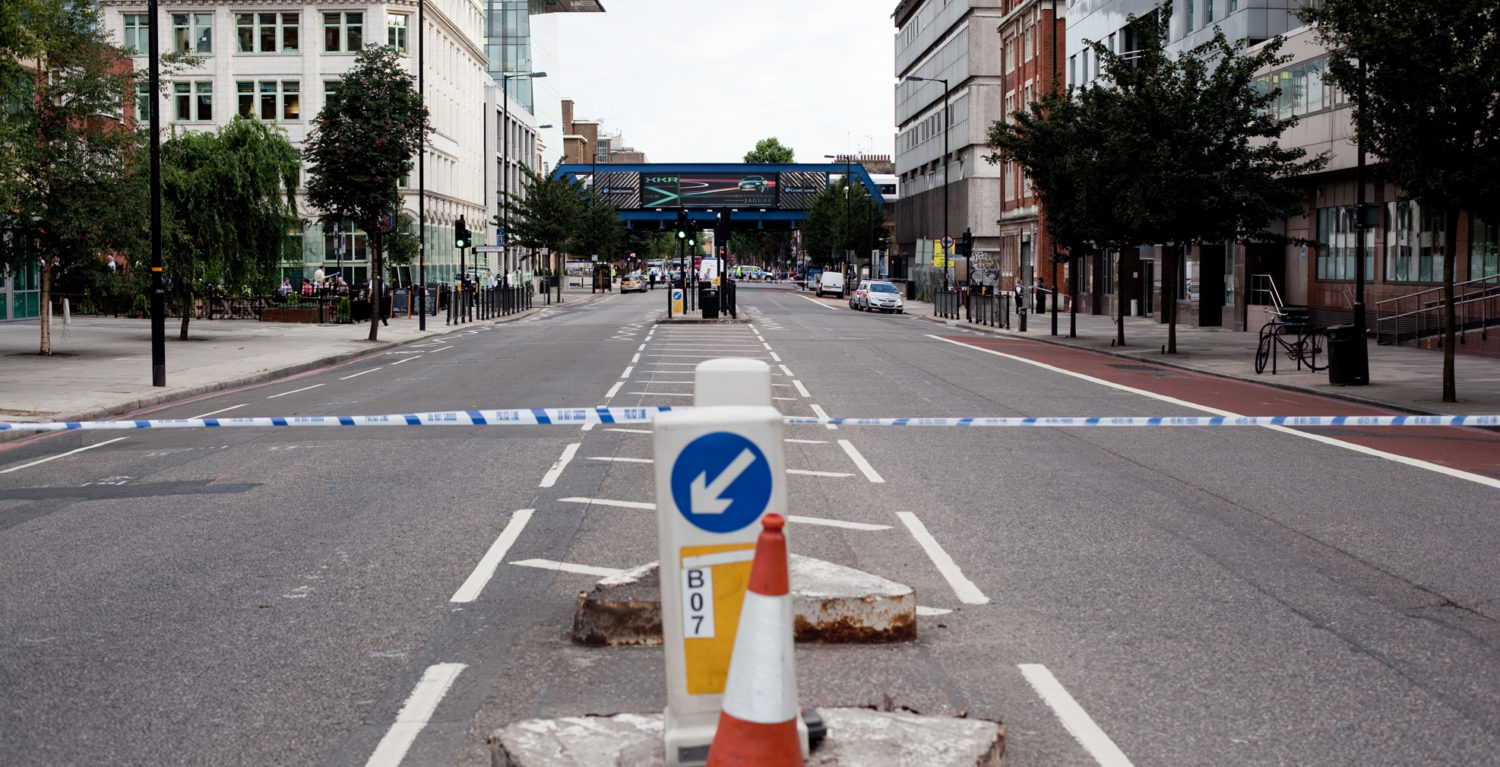Turning the tide against violent crime
We cannot stamp out violent crime unless we take a multifaceted approach, urges Len Duvall.
As violent crime continues to rise across the country our nation has been left appalled and frustrated in equal measure. There is understandable anger and sadness at the senseless loss of life. There is growing fury that decision-makers are simply not acting quickly enough to find and implement a solution. Those responsible for tackling violent crime must also feel despondent. They face an unprecedented challenge to uncover what can only be a multi-faceted resolution to a seemingly intractable national problem.
It is nothing short of a tragedy that so far this year we’ve had over 50 murders in the capital alone. Knife crime, which accounts for the majority of cases, has been on the increase since 2014. To put it into more detailed perspective, in the 12 months leading to September 2017 knife crime rose by 2 per cent across England and Wales. London saw similar increases at 23 per cent. In addition to stabbings, gun crime and acid attacks are also on the increase. This rise in the general propensity for violence is real and it should concern us all.
Politicians and the public alike are now asking how we have found ourselves here. The plurality of perspectives we have heard – from police officers, politicians, families and friends of victims and community leaders – suggests that there is a complex mosaic of contributing factors. Admittedly, expertise greater than mine is needed to untangle this complex web, but there are several stand-out factors we can explore.
Disproportionately, both victims and offenders tend to be from a low socio-economic backgrounds – experiencing social isolation and poor self-esteem. Those exposed to community violence, and those who have difficult family relations, are more likely to carry weapons. Anecdotal evidence from the Ben Kinsella Trust, who work with young people to educate them about the dangers of possessing weapons, suggests increasing numbers are carrying knives under the misconception of protecting themselves. They state that children as young as 11 years old have said they believe that carrying a knife will keep them safe. We know all too well the horrifying consequences when one of those knives is drawn, however unexpectedly.
Gang-related knife crime, often the most violent, is frequently related to drugs. Earlier this month, someone writing anonymously for the Guardian detailed how children and young people are being coerced into drug activity by gang elders. With crack cocaine use on the rise, urban crime gangs have established new ‘county lines’ distribution routes into rural and coastal areas. And of course, it’s not the elders who are selling, but the young lads unable to escape the grasp of their insuperable control.
However, gang activity isn’t the only, or indeed main, reason for the rise in violent crime. In his recent blog, commander Jim Stokey who leads the Met’s response to gang crime, indicated that only 20 per cent of all knife-related crime is linked to gangs.
Interviews with offenders have also revealed that robbery is a key reason young people carry a knife. This correlates with crime statistics showing 42 per cent of knife offences in 2016 related to robbery. Further anecdotal evidence from Metropolitan Police assistant commissioner, Craig Mackey suggests an increasingly young population in the capital is also contributing to the rise in violence.
Yet any standalone diagnosis cannot do adequate justice to the fact that the current violence ‘epidemic’ we face is an intricate tapestry. Many threads, some too nuanced to be explored here, will have to be unravelled if we’re to stop this trend. Nonetheless, there are both short-term and long-term actions we can take to turn the tide against violent crime – and a number of these are currently in motion.
Since coming into office Sadiq Khan has put in place a number of targeted measures to combat youth violence. He is the first Mayor of London to devise a strategy that hones in on violence as the key issue. The mayor’s Knife Crime Strategy has pledged £7m of funding to go towards educational and interventionist projects that offer young people a way out of violent and gang-related crime.
Sadiq has also stressed the importance of sufficiently investing in our young people from an early age, announcing a £45m Young Londoners Fund which seeks to undo the damage of sustained government cuts to local youth services over the last eight years. In addition to this, he has allocated £15m of extra funding to the Met to specifically support their anti-knife operations.
However, it is evident that Sadiq is unable to solve the complex and burgeoning problem of youth violence without the support of government intervention. It was only very recently that the Home Office released its Violent Crime Strategy. Whilst the strategy meticulously examined the correlation between the expansion of the illegal drugs trade in the UK and increasing rates of violent crime in our streets, it was conspicuously silent on the pernicious effects of the government cuts to police budgets and officer numbers.
The Home Office strategy also misses the point that the war on violence should be a battle on all fronts. Prevention and risk management strategy is inadequate without being balanced with reactive policing measures. Indeed, the specialist Met taskforce recently set up by the mayor that has already seen effective results in taking some of the most dangerous criminals off our streets.
It needs to be reiterated that the issue of violent crime – on a national and local level – clearly transcends party politics. We all need to come together to stamp it out. However, to achieve this our police forces need to be adequately funded and our young people properly invested in.

